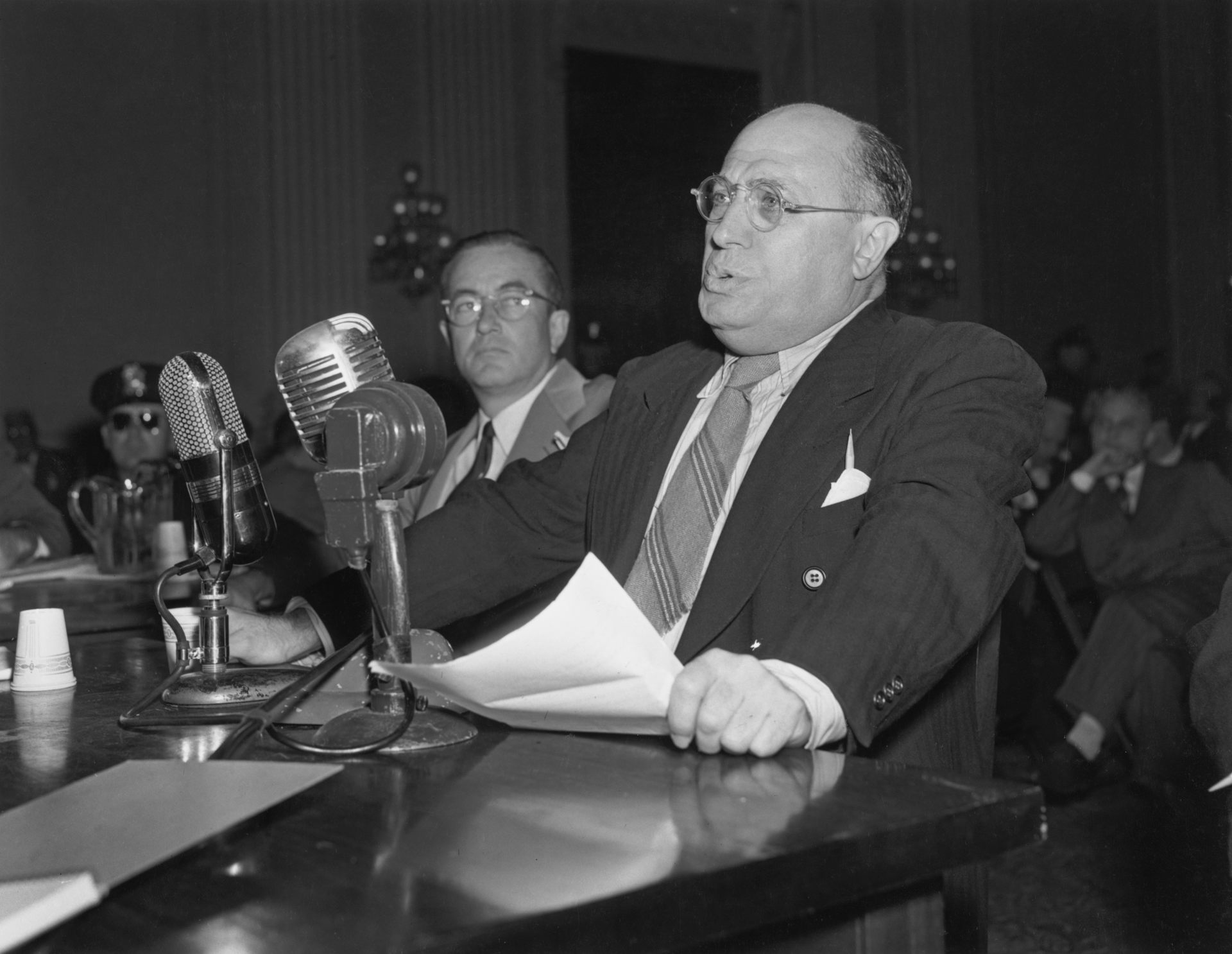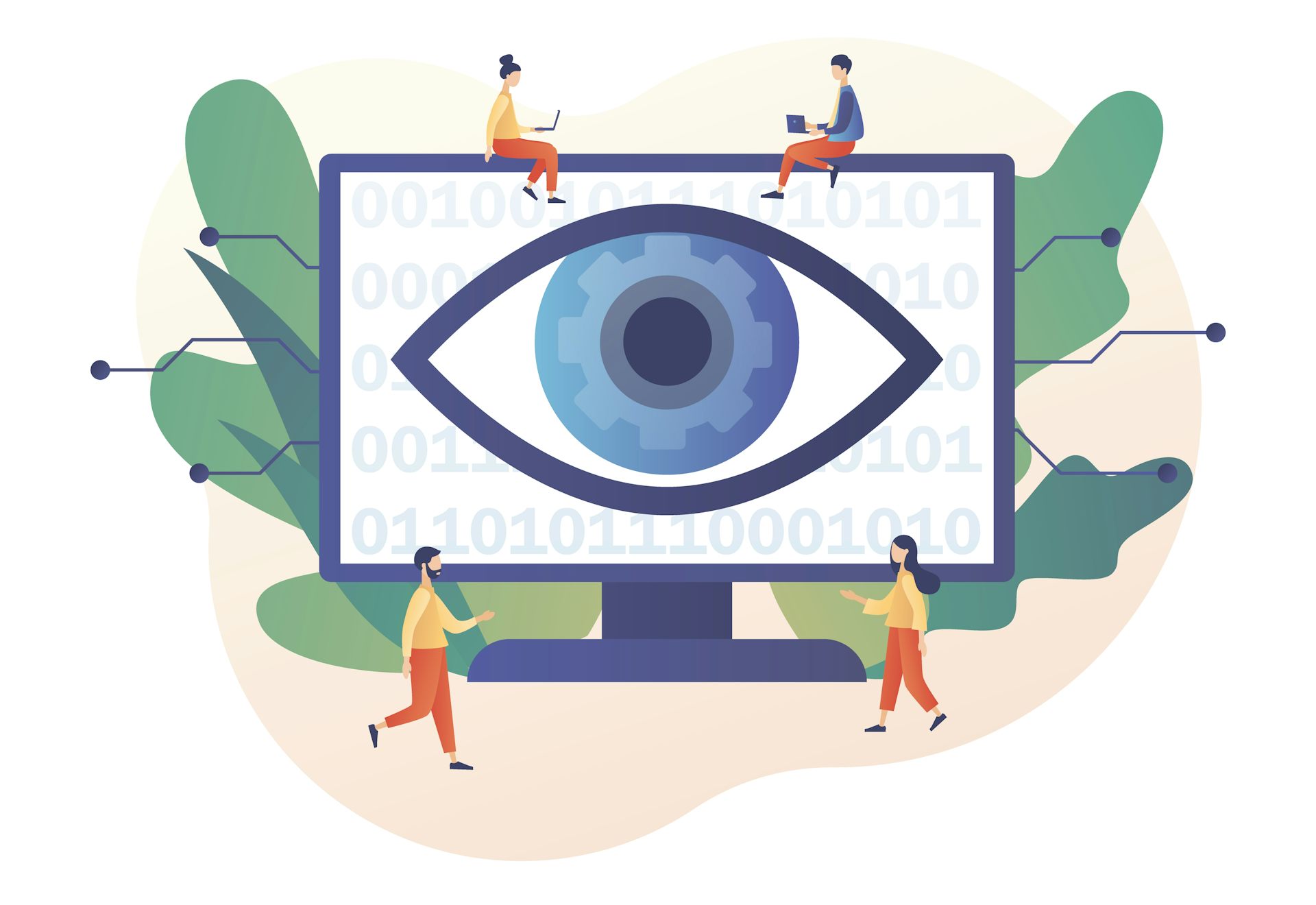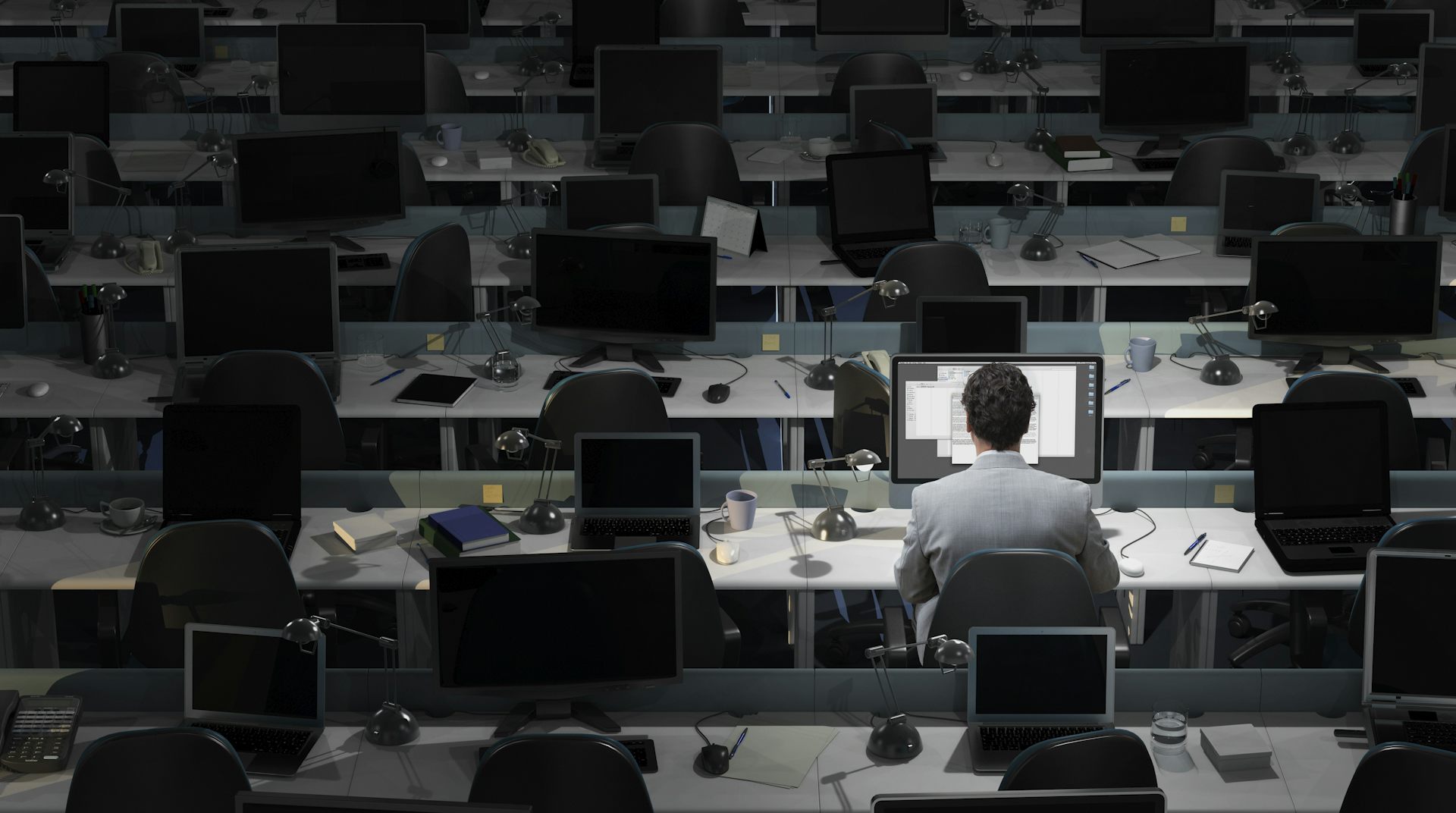Scott Pruitt's desk is more impressive than yours
A desk is a place to work. But it can also be a symbol of prestige and power, as EPA administrator Scott Pruitt has demonstrated in his choice of expensive and ostentatious desks for his office.

Allegations of misconduct during Scott Pruitt’s tenure as head of the Environmental Protection Agency share a common theme: ambitious displays of power and authority.
Whether it’s his insistence on flying first class or on private jets or his request to use emergency sirens to avoid Washington, D.C., traffic, Pruitt’s actions show that he is not afraid to make a display of the power he wields.
These allegations of misconduct outside the office are matched by action taken by Pruitt inside the office: his attempt to purchase two expensive desks, one of them bulletproof, valued together at US$70,000.
The purchase of these desks was stopped by staff. But one of the replacement desks Pruitt selected instead has been compared to the Oval Office’s grand and presidential Resolute Desk, which has been used by almost every president since Britain’s Queen Victoria gave it as a gift to Rutherford B. Hayes in 1880.
The selection of such an imposing desk is no accident. Instead, it is consistent with his other actions in that it represents a display of power that Pruitt uses to send a specific message to all who enter his office: I am important and powerful.
As a professor of management researching organizational politics and abusive supervision, I often explain that politics is a constant of organizational life. Workplaces are full of political power plays and attempts to influence others.
Desks as symbol
Desks are one of the most common symbols of power in society.
Starting at a young age, children are taught that the person behind the large desk at the front of the classroom is the one who holds the power. Just like the employees they will grow to be, children sit behind desks that are smaller and more utilitarian than their teacher’s. As people age into the workplace, the characters may change – the teacher or principal becomes our manager – but the scenery stays the same. The desk remains.

How employees, managers and outsiders experience the physical spaces in a workplace or office is greatly influenced by the physical structure of the building and the use of symbolic artifacts. Buildings can send messages and affect behavior through their design.
Client-centered offices, where managers expect to meet with clients and others, are considered to be 99 percent image, according to Franklin Becker, professor emeritus of design and environment analysis at Cornell University.
Similarly, if managers want to be recognized or even revered as powerful and important, they will need to match this desired message both concretely and symbolically. This can be accomplished with the installation of a formal desk that signals to the follower the rank or position of the owner.
It should be noted that socially savvy managers consciously shape the image they present to their employees. Conversely, it is possible for less astute managers to be quite unaware of the signals they are sending to employees through the choices they make in their office.
A large desk can increase the physical separation between manager and others, thereby supporting the symbolic or hierarchical distance between the two. Thus, desks can be used to reinforce the legitimacy and authority of a manager.
Desks as power
The office desk and the space it occupies is governed by social customs that dictate certain behaviors.
For example, subordinates do not cross behind the desk unless invited, objects on the desk are not touched without asking, and important information is passed over the desk to the manager.

Early research on physical spaces found that face-to-face seating – which is inevitable when a manager is behind a desk – is generally used for adversarial interactions.
Professional persuasiveness coach Shari Alexander recommends that if managers want to reinforce their formal position, they should stay behind the desk. However, if managers want to connect with their workers on a more personal level, they need to step away from their desk.
William Whyte, an organizational analyst and author, wrote that even the “neophyte organizational member quickly realizes that furnishings are usually synonymous with rank in the hierarchy.”
Certainly, if individuals were to tour an empty office building with the signs removed from office doors, they would be able to identify the offices belonging to senior managers simply by their contents.
Pruitt’s actions thus far are consistent with the image he conveys via his choice of desk: power, importance and authority. His office is his sanctuary, the place where he shares his secrets, wants to feel safe, and likely takes comfort in knowing he is the master of his domain.
However, his actions thus far make clear that he certainly finds comfort in ensuring that all who stand before his desk, just on the edge of the carpet, know that he is the master of their domain as well.
Charn McAllister does not work for, consult, own shares in or receive funding from any company or organisation that would benefit from this article, and has disclosed no relevant affiliations beyond their academic appointment.
Read These Next
A quarter of early child care educators in Colorado reported mistreatment from co-workers
Younger and more diverse teachers reported higher rates of bullying and discrimination by their colleagues.…
First Amendment in flux: When free speech protections came up against the Red Scare
The congressional anti-communist hearings of the 1940s are a reminder that freedom of speech today is…
AI is providing emotional support for employees – but is it a valuable tool or privacy threat?
People are increasingly using AI chatbots for emotional and psychological support. Now, companies are…





